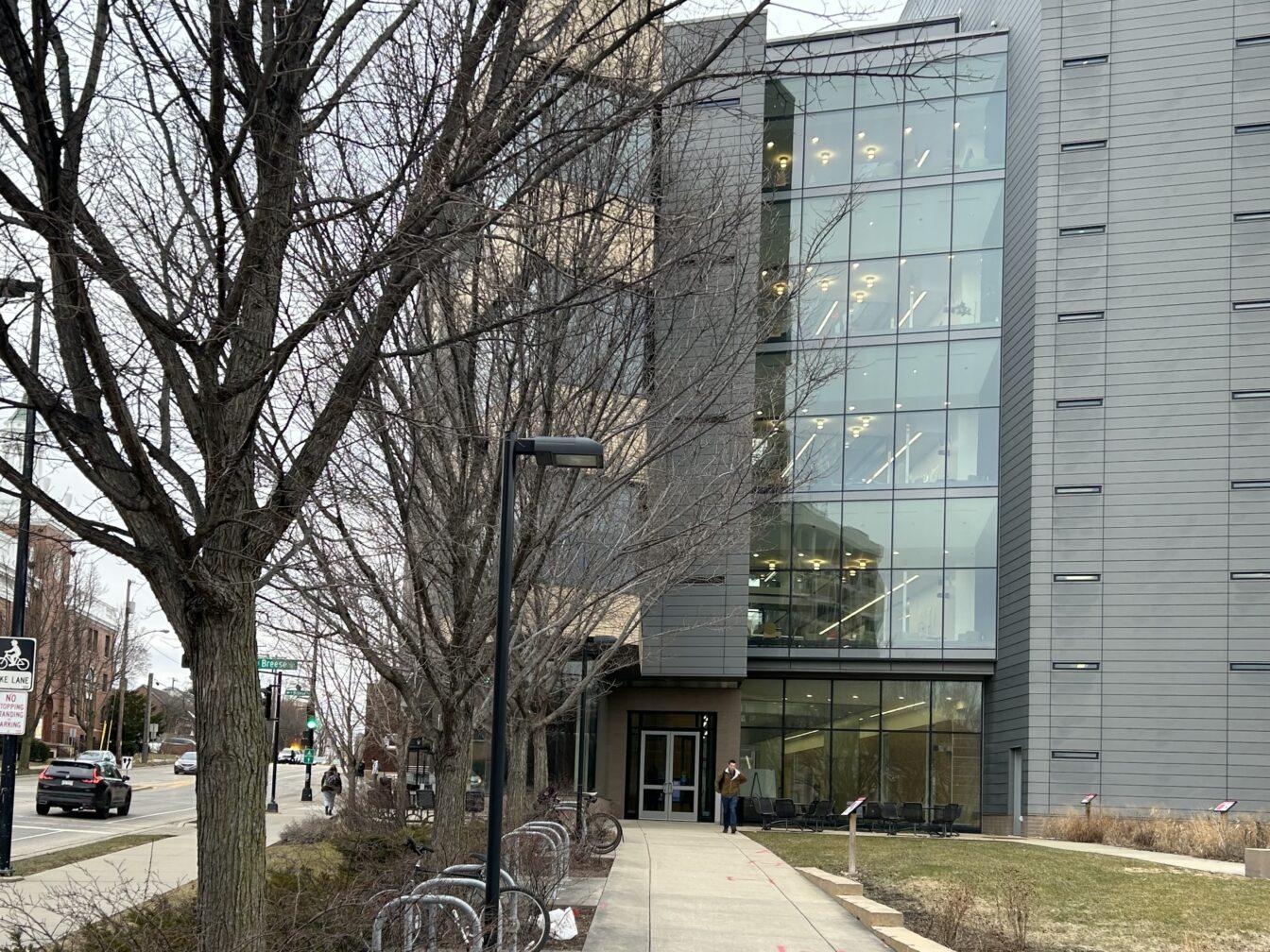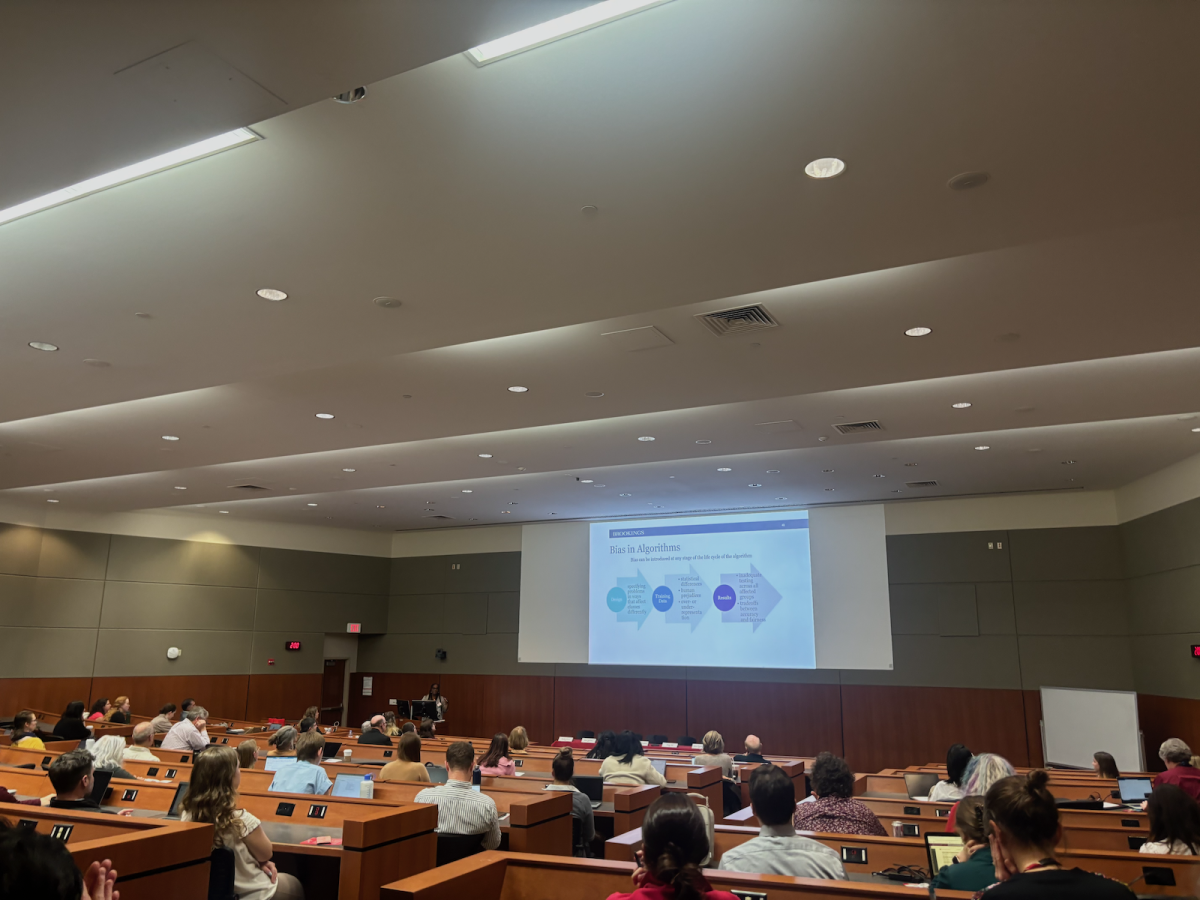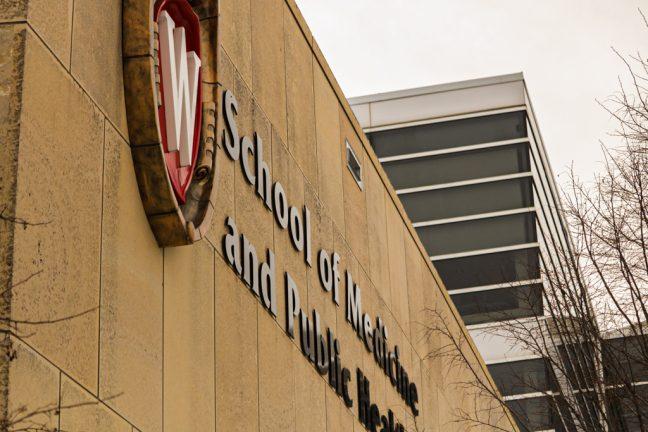Stanford University Physics Department professor of molecular and cellular physiology and energy science and engineering Steven Chu gave a presentation Feb. 24 on climate change and innovative paths to a more sustainable future. The presentation was a part of the University of Wisconsin’s Physics Department Colloquium entitled Julian E. Mack Distinguished Lectures.
In 1977, Chu was one of two to receive a Nobel Prize in physics for his research on laser cooling and atom trapping.
Water stress, forest fires and floods due to climate change can have detrimental effects on societies. But not everything about climate change has to be so grim, Chu said. In fact, the cost of renewable energy has been dropping rapidly over the years, and the “cost” means more than just the monetary cost.
“The full cost of renewable energy includes backup generation capacity, energy storage and an enhanced transmission and distribution system,” Chu said.
Ultimately, the goal is getting to zero greenhouse gas emissions. While this will not be easy, it’s not impossible, according to Chu. This change requires assessing the global energy and electricity output. Currently, generating electricity is responsible for about a quarter of greenhouse gas emissions, approximately equivalent to agriculture.
Chu said there needs to be new approaches to energy storage and batteries, but not just any typical energy storage or chemical batteries.
For example, pumped storage hydropower, most familiar to people in the form of dams, is the cheapest form of energy, but also one of the most powerful, Chu said. If there is a dam, people should be using it as a battery. And the environmental impact is minimal as researchers are looking into more sustainable ways of maintaining them over time.
Chu said another form of energy is hydrogen which comes in different classifications by color — gray, blue and green.
“Green hydrogen is used as a carbon-free source of energy, and then when you use the hydrogen, there is no natural gas involved,” Chu said.
Though the other forms of hydrogen are cheaper, green hydrogen is renewable energy, Chu said. There are some risks associated with using hydrogen as an energy source, but it can decarbonize the process of making plastics and other materials.
Nuclear energy has a reputation for being more infamous than it really is, Chu said. Nuclear power is more than a thousand times safer than burning coal and a hundred times safer than biomass. It’s somewhere between wind and solar — it’s not dangerous.
While many sustainable and renewable energy sources such as nuclear power and hydropower have a lot of potential, there are also implications for implementing them, Chu said. These include finding the money to implement renewable energy, safety concerns and slowly transitioning to the adoption of these different energy sources.
One of the main focuses of this type of research, Chu said, is finding ways to reuse materials — not just recycle them.

















